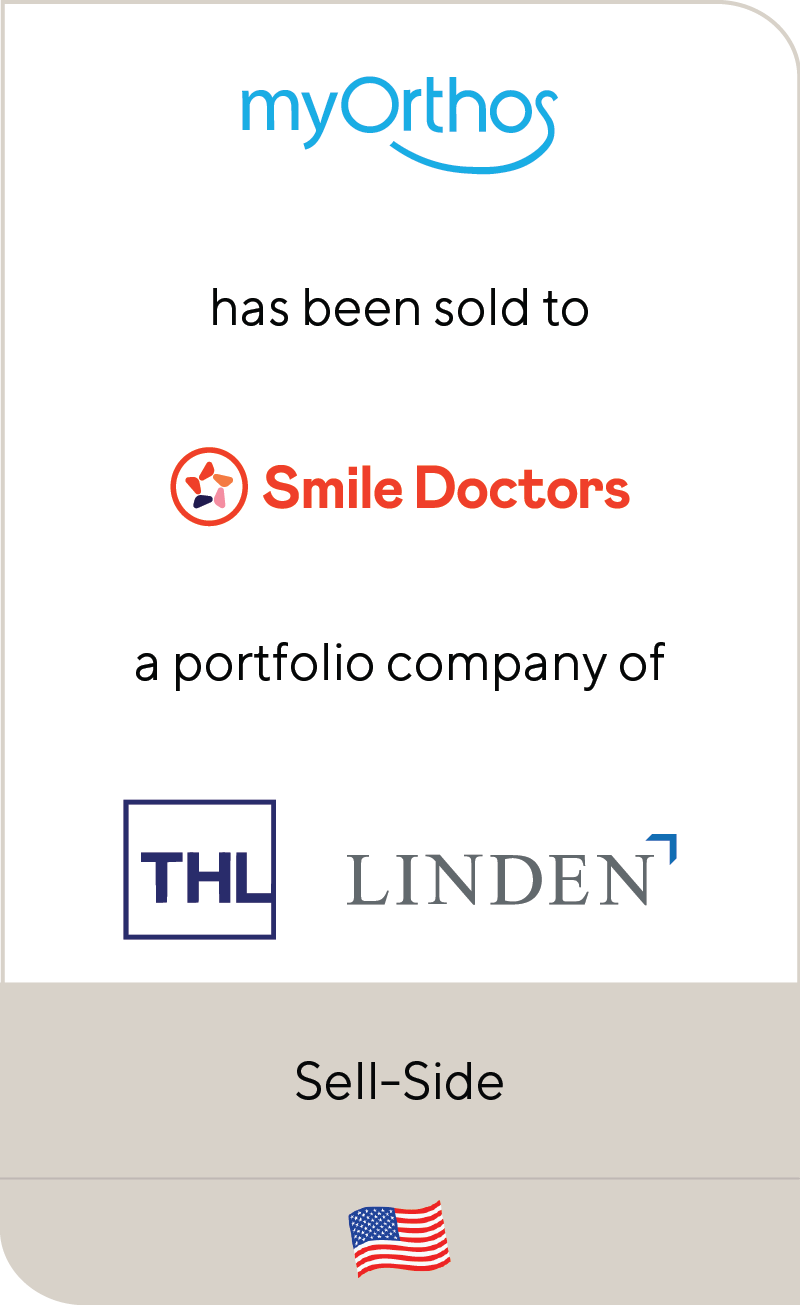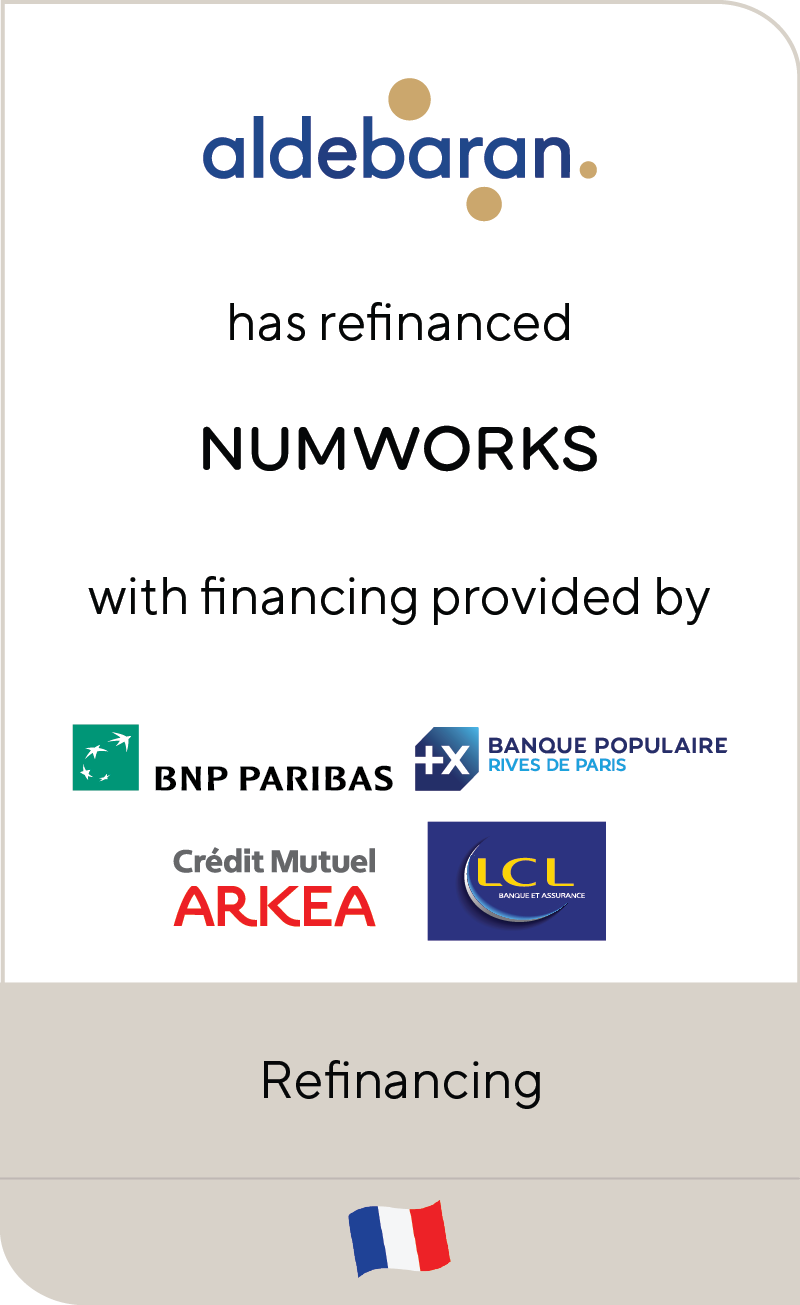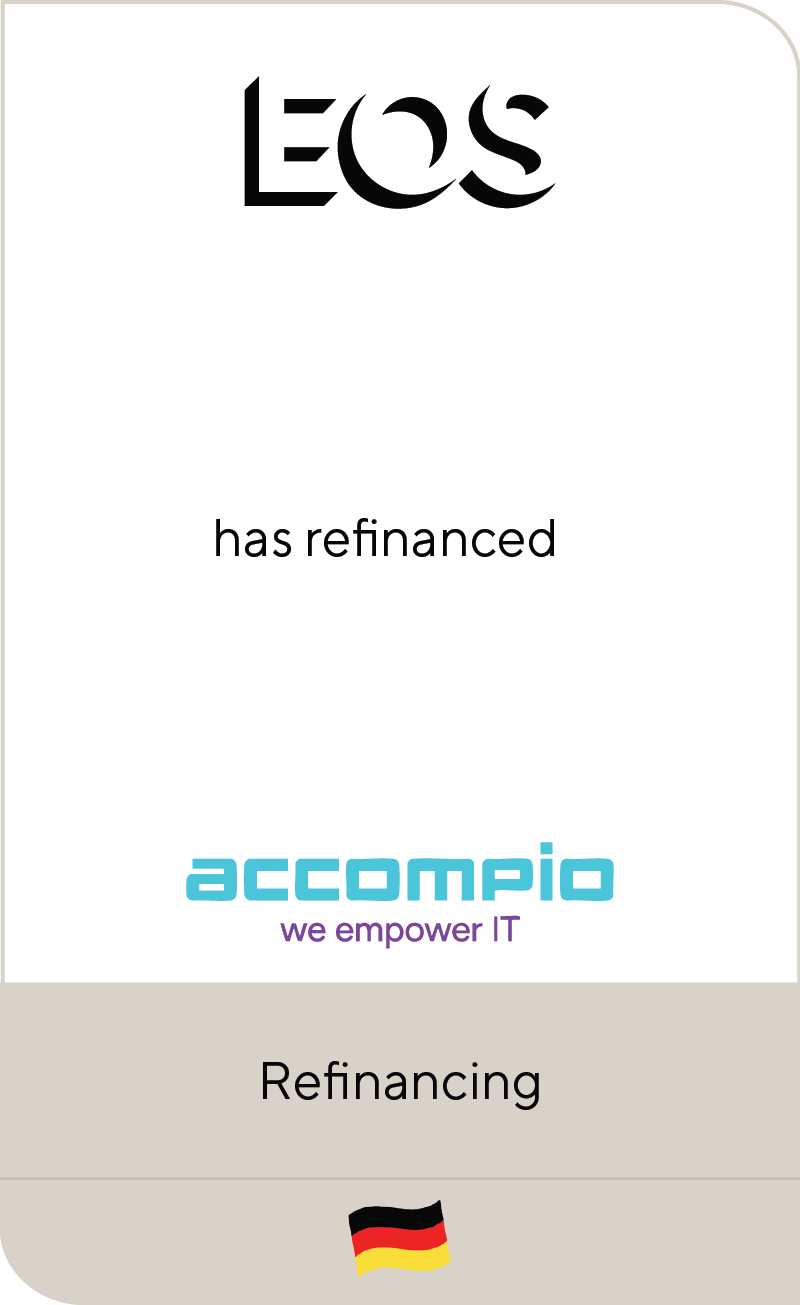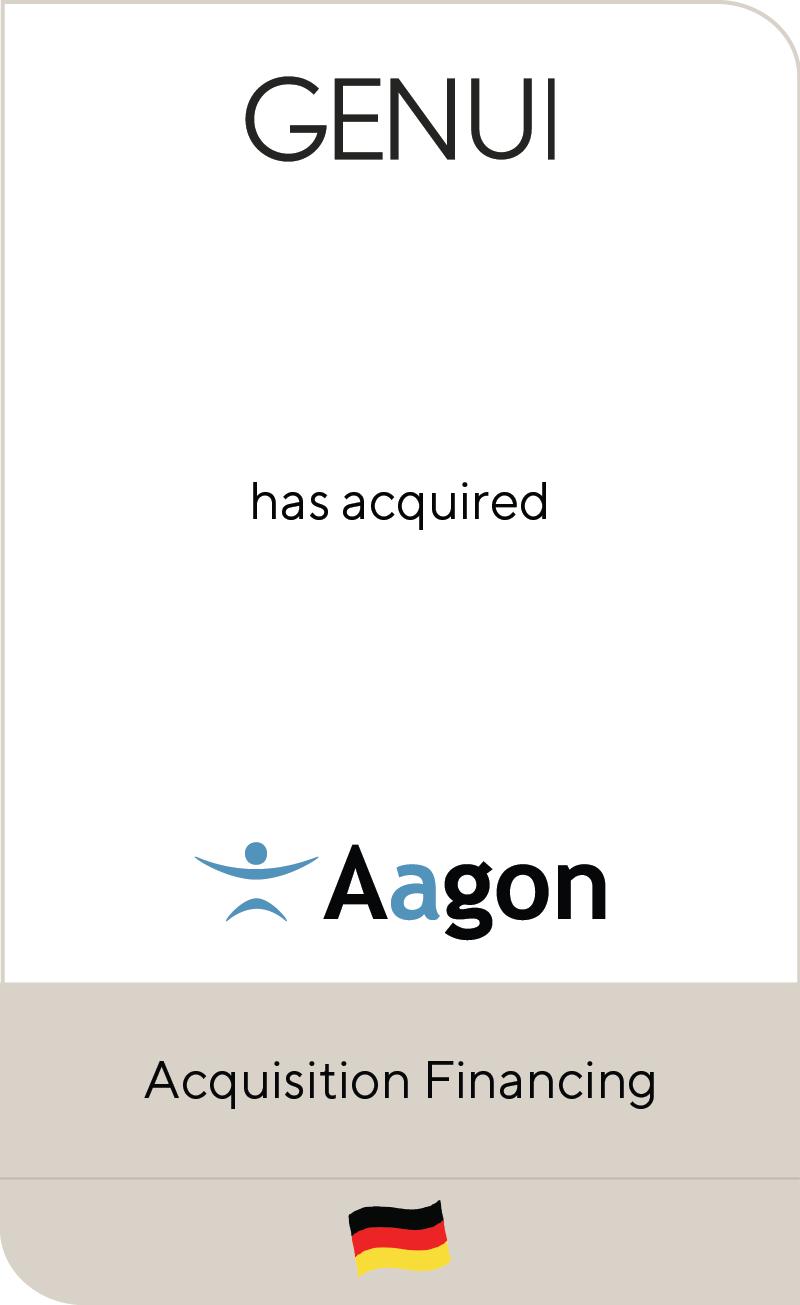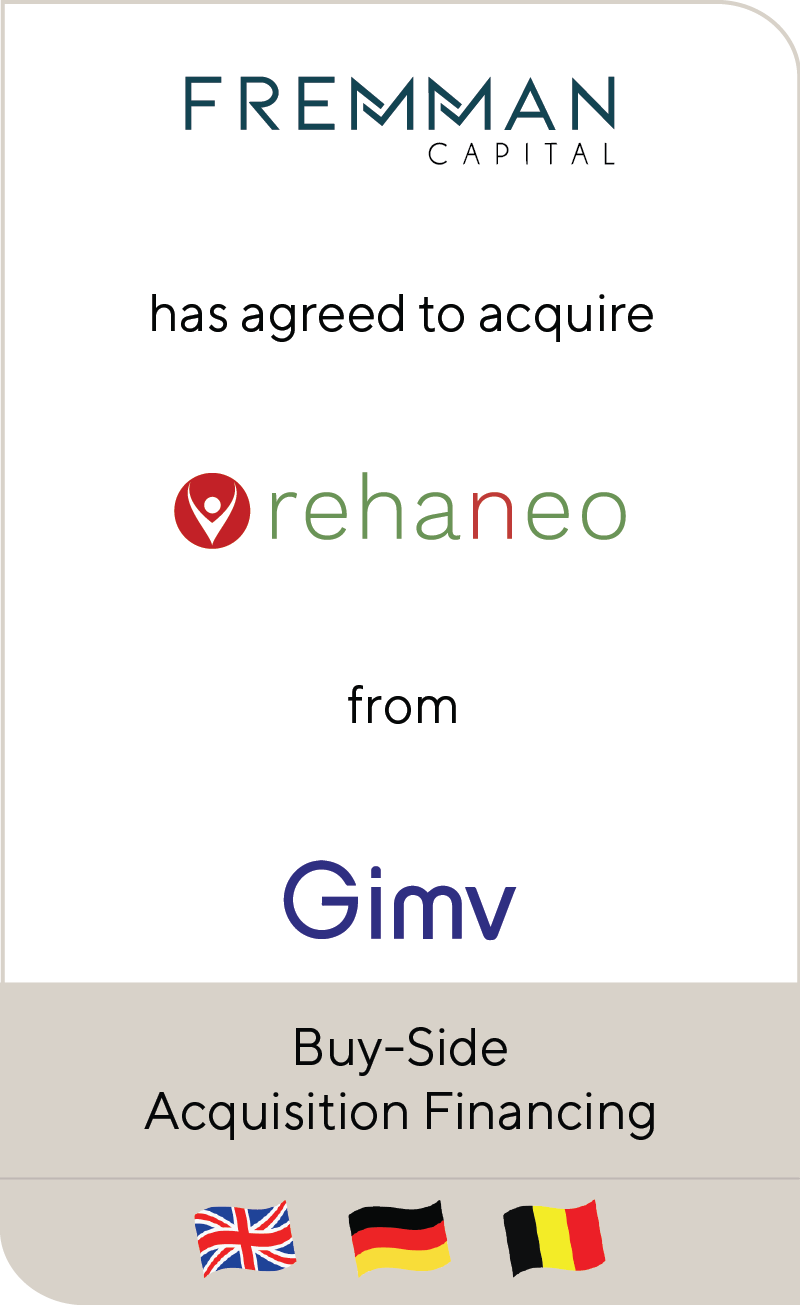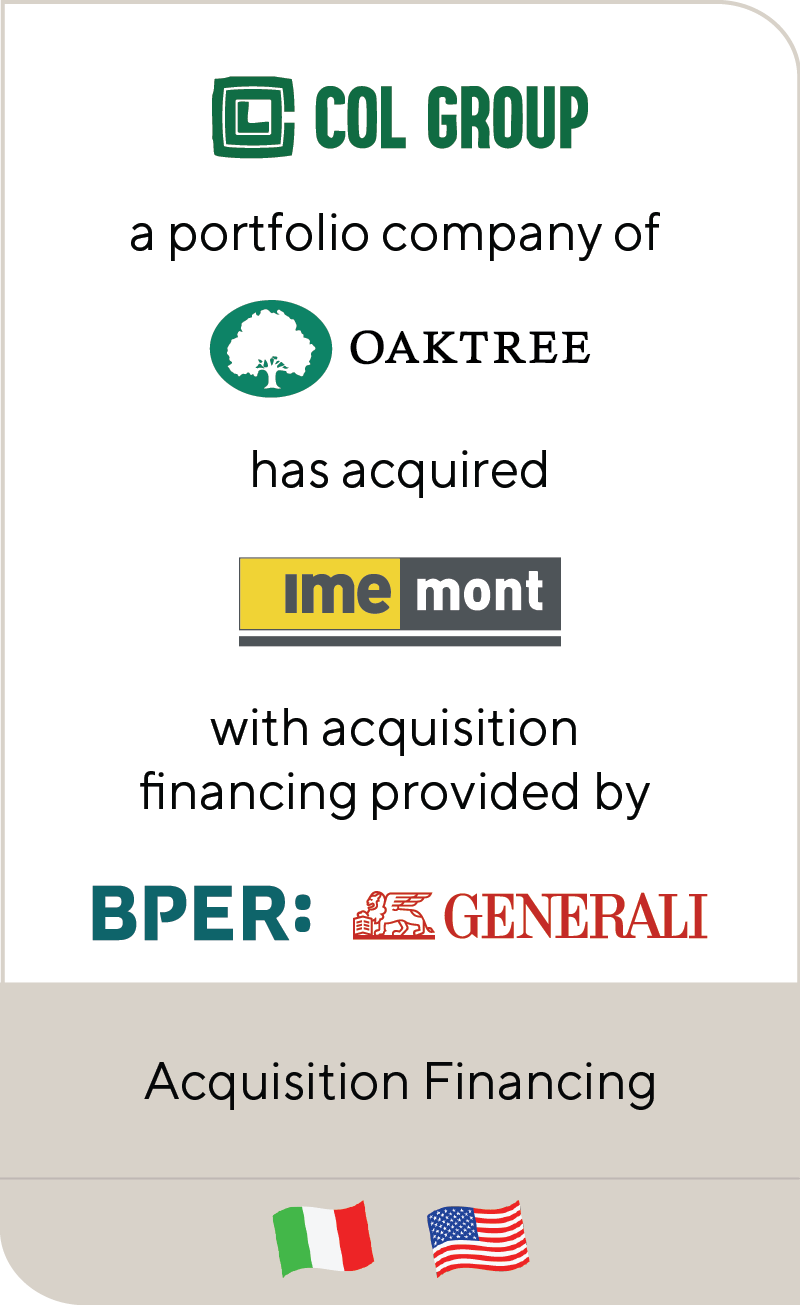Software Sector Shows Resilience in Recurring Revenue Financing
| Amid recessionary pressures, the software sector has proven resilient with low default rates and healthy cash flows for most companies. Lenders continue to see opportunities with software companies—even those with little to no positive cash flow—through a recurring revenue financing model.
Below, Managing Directors and software financing experts—Mihir Shah, Justin May and Xenia Sarri—discuss why software companies are well positioned to secure financing despite broader macro headwinds, why the lending model will likely remain popular in the coming years as well as several notable trends and complexities that are involved. |
Summary
-
Lincoln’s software financing experts explain why software companies are well positioned to secure financings despite broader macro headwinds.
- Click here to download a printable version of this perspective.
- Sign up to receive Lincoln's perspectives
What has prompted the growth of the recurring revenue financing market?
Private credit products have grown in popularity over the past decade, and lenders continue to raise funds. Recently, more of that capital has been directed to technology companies. While non-bank lenders are quickly gaining market share in software lending, banks flush with cash are also reentering the space due to the available lending opportunities and overall reliability of the sector.
Fast-growing businesses need funding, and an inability to raise debt can stifle growth potential and hinder market opportunities. Historically, these businesses may have struggled to meet the typical requirements for traditional bank loans, yet flexibility in loan structures is particularly important for technology companies. The recurring revenue financing model offers a necessary path to growth.
Recurring revenue financing has become an increasingly common financial product in the U.S. over the past decade, driven in part by private equity firms pursuing higher returns to meet pressure from limited partners, as well as lenders seeking high-yielding loan products. More recently, the European market for recurring revenue financing has gained traction and become an increasingly important part of European lenders’ strategy. The U.S. market has a longer track record with recurring revenue financing, so terms and structures in the European market often track what is happening there.
What should high-growth software businesses and their sponsors bear in mind about recurring revenue financing?
For businesses that seek capital but may not have cash flow during their nascent stages, lenders want to see annual recurring revenue (ARR). Many software businesses initially have significant expenses for sales, marketing and product development, but once sufficient scale and market awareness is established, those can be reduced. ARR indicates that a company has a path to healthy cash flow on an ongoing basis.
Each recurring revenue financing package is structured based on the underlying dynamics of the credit and needs of the borrower. In general, traditional bank lenders tend to be more conservative with leverage and other key terms (e.g., baskets, covenant flips, etc.), whereas private credit lenders typically compete by providing more flexible terms and pushing leverage higher, often up to 2x or 2.5x ARR, if not higher. While leverage multiples have generally come down since the beginning of 2022 due to pressure on enterprise values for the software sector, high-quality assets can still achieve leverage levels at or above those ranges.
Lenders also prefer to extend capital to companies that provide mission-critical software. As interest rates rise and macro headwinds continue, some companies are experiencing cost pressures and margin softness, meaning they may push off a purchase decision they would have otherwise undertaken. However, when businesses trim expenses in certain areas during a down market, they are unlikely to cut software subscriptions that are vital to ongoing business operations or would result in an increase in headcount to replace those critical functions.
What do lenders look for when considering a recurring revenue financing package?
Given recent market conditions, lenders have not been as lenient about how quickly a business can turn EBITDA positive and generate cash flow. Whereas previously timelines for positive EBITDA were four or even five years for some credit facilities, many lenders now look for that achievement within a 24-to-36-month window.
High customer retention is the primary criteria, which is supplemented by consistent and sustainable year-over-year revenue growth, strong gross margins and a sufficient loan-to-value ratio. Lenders closely examine these factors, as well as specifics around overall market share and how research and development expenses are capitalized.
All these aspects impact leverage and pricing, especially as lenders assess risk factors more broadly due to macroeconomic forces and market pressures. Many lenders have reduced leverage multiples within the past six months, and that is particularly true for businesses that do not meet the highest criteria standards. Under the right conditions, a software company could access capital at higher leverage; however, the equity cushion protecting lenders has compressed, impacting risk tolerance more widely.
There are three buckets of revenue, but only the first two are credited and at different multiples:
- Recurring revenue (i.e., subscriptions, maintenance contracts)
- Re-occurring revenue (i.e., predictable but not contractual)
- One-time revenue (i.e., implementation, other related one-time services)
Whether it is all recurring revenue or a mix, the stronger the business, the more likely the chance for an aggressive, outlier financing package.
How has traditional bank lenders’ renewed interest in early-stage software impacted the loan market?
Banks with cash to deploy are increasingly willing to finance software companies on a recurring revenue basis, even if there is limited or negative cash flow. There are drawbacks that may make some banks hesitant, such as hold sizes that do not conform to typical requirements or non-traditional structures that impact internal risk ratings. These factors can lead to less flexibility and more covenants in lending packages to mitigate potential risk, which may also constrain a business’ growth at a pivotal time.
However, banks see the competition from private credit funds and are adapting. In some cases, banks work with private credit funds on a financing package, such that banks are the “first out” lender and private credit is “last out.”
How does the growth of European recurring revenue lending affect cross-border activity?
As more European lenders have entered the recurring revenue financing space, European sponsors have an opportunity to access opportunities across multiple debt markets rather than just in the U.S. Growth lenders want to expand into new markets, and growth businesses want to consider a wider range of financing options that fit their needs.
Additionally, as companies seek growth opportunities, they are increasingly exploring inorganic growth avenues, which often include entering new geographic markets via acquisition. The continued convergence of the U.S. and European markets with respect to recurring revenue financings provides sponsors and companies the ability to efficiently and effectively finance their businesses and strategic initiatives.
Tapping a broad lender base in both the U.S. and Europe helps sponsors assess a range of choices. They want to know what the market will bear in terms of leverage and pricing. One financing package might have the lowest-cost financing; another, the lowest amount of amortization and another, the highest amount of leverage. Each business’ outlook and specific conditions—in terms of key performance indicators (KPIs) such as gross margins, cash burn profile and customer churn—play a pivotal role in the types of accessible financing.
Working with an investment bank that has technology industry experience and global capital advisory execution capabilities can offer the best of both worlds across debt markets. Are you seeking an advisor with technology industry and capital advisory and debt advisory expertise? Connect with a professional below for more information.
Contributors
Meet Professionals with Complementary Expertise in Capital Advisory

By linking my experience in debt advisory and mergers and acquisitions, I look forward to delivering flexible and innovative financing solutions to make an impact that matters with long-term target clients, as Lincoln does best.
Daniele Candiani
Managing Director & Co-head of Capital Advisory, Europe
Milan
I build trust with clients by putting their interests first at all times.
Aude Doyen
Managing Director & Co-head of Capital Advisory, Europe
London
My approach with our bankers and clients is to listen, pay attention to detail, anticipate and keep an eye on the big picture.
James Sinclair
Managing Director & Head of Brazil
São Paulo









